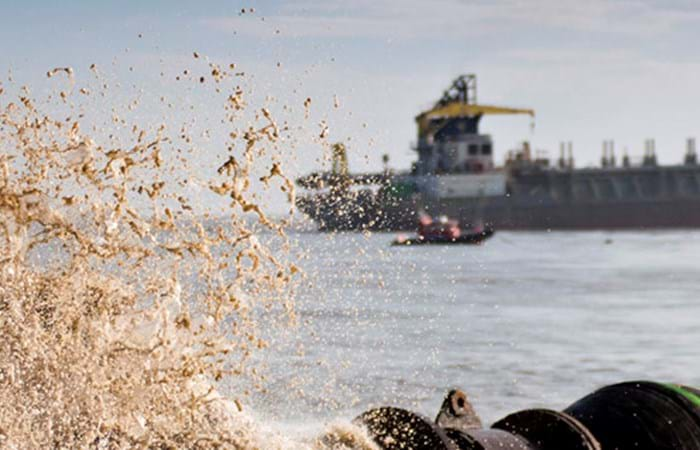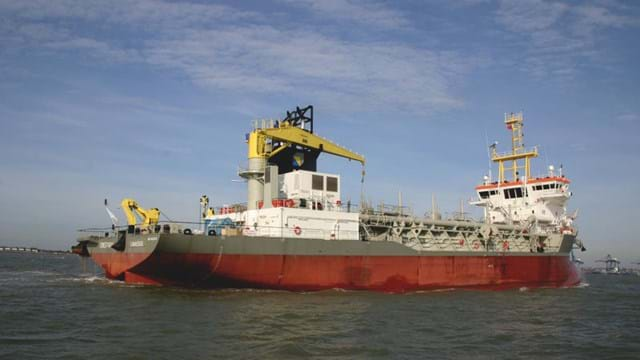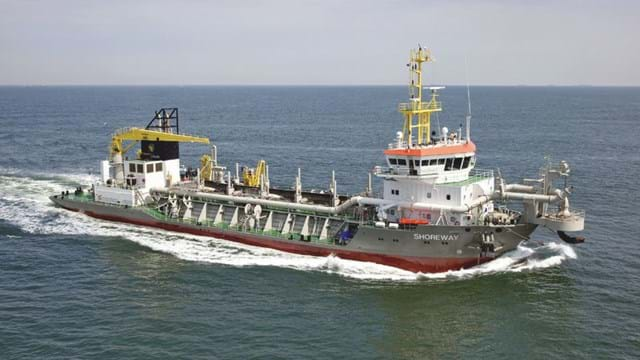Capital dredging and filling works for new quay development (previously known as Landguard Redevelopment). Phase 1 of the reconfiguration programme consists of: 730 m new deep water quay and 200,000 m2 container handling area achieved by installing new quay in front of old Landguard port structures and redevelopment of the old Landguard terminal.
Work for WDC included dredging approximately 6.1 million m3 consisting of:
- Dredging of silts and soft clays within reclamation terminal footprint (approx. 50,000 m3);
- Reclamation works to fill the area between the present quay and future quay wall including former Felixstowe Dock Basin (approx. 3,000,000 m3 including 500,000 m3 re-use material from channel widening);
- Dredging/widening of western section of the approach channel (2,000,000 m3 including 500,000 m3 re-use material);
- Dredging of deep water berth pocket in front of the new quay wall (3,000,000 m3);
- Dredging of future tug berth pockets (50,000 m3).
The design of the project, including various stages of the dredging and reclamation works as well as the sequencing of the quay wall installation, ensured stability and a secure work area throughout the project and resulted in a successful product for the end users delivered on time.


